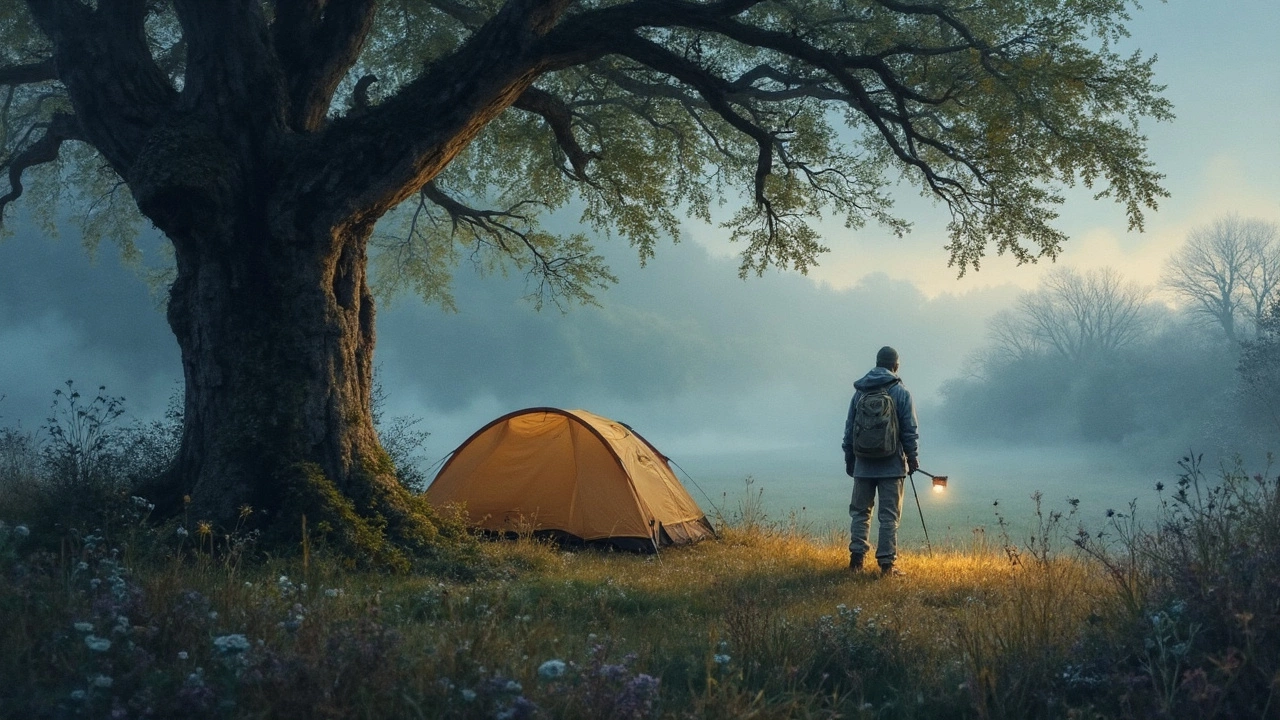
Camping Tips to Make Your Trip Smooth and Fun
Thinking about spending a night under the stars? You don’t need a PhD in wilderness survival to have a good time. A few solid tips can turn a stressful outing into a relaxed adventure. Below you’ll find the basics that every camper should know before setting up a tent.
Gear Basics: What to Pack and Why
Start with a tent that matches the season and the number of people. A three‑season model works for most trips, but if you plan to camp in heavy snow, go for a four‑season shelter. Pair the tent with a sleeping bag rated a few degrees lower than the expected nighttime temperature. That way you stay warm without overheating.
A sleeping pad adds insulation from the ground and improves comfort. If space allows, an inflatable pad inflates quickly and folds flat for transport. Don’t forget a lightweight stove if you want hot meals—canisters are easy to use and refill at most outdoor stores.
Choosing and Setting Up Your Campsite
Look for flat ground with natural windbreaks like trees or rocks. Avoid low spots that could collect water if it rains. Clear the area of sticks, rocks, and sharp objects before laying down your tarp or footprint.
When you pitch your tent, stake it securely at a 45‑degree angle. Tighten the guy lines to keep the shelter stable in wind. If you’re near a water source, keep a safe distance—about 200 feet is a good rule—to protect both the water and your campsite from contamination.
Campfires add warmth and cooking options, but not all sites allow them. Check local rules and use a portable fire pit if open fires are prohibited. Keep the fire small, never leave it unattended, and fully extinguish it with water before you leave.
Stay Safe and Comfortable
Bring a first‑aid kit with bandages, antiseptic wipes, and any personal medications. A small multi‑tool can help with everything from cutting rope to opening cans. Dress in layers—moisture‑wicking base layers, an insulating middle, and a waterproof outer shell.Food safety matters in the wild. Store meat, cheese, and leftovers in sealed containers or hang them from a tree branch at least ten feet off the ground. This deters bears and other wildlife from raiding your gear.
Navigation tools are a must. Even if you’re using a phone GPS, carry a paper map and a compass as backup. Know how to read the map and keep track of landmarks as you move.
Leave No Trace: Respect the Environment
Pack out everything you bring in—trash, food scraps, and litter. Use biodegradable soap if you need to wash dishes, and do it at least 200 feet away from streams. Stick to established trails and campsites to protect fragile vegetation.
When you’re done, take a quick walk around the site and make sure no nails, stakes, or equipment are left behind. A clean campsite helps preserve the area for the next camper and keeps wildlife safe.
With these straightforward camping tips, you’re ready to head out confident and prepared. Remember, the goal is to enjoy nature without hassle, so keep your pack light, plan ahead, and respect the outdoors. Happy camping!
